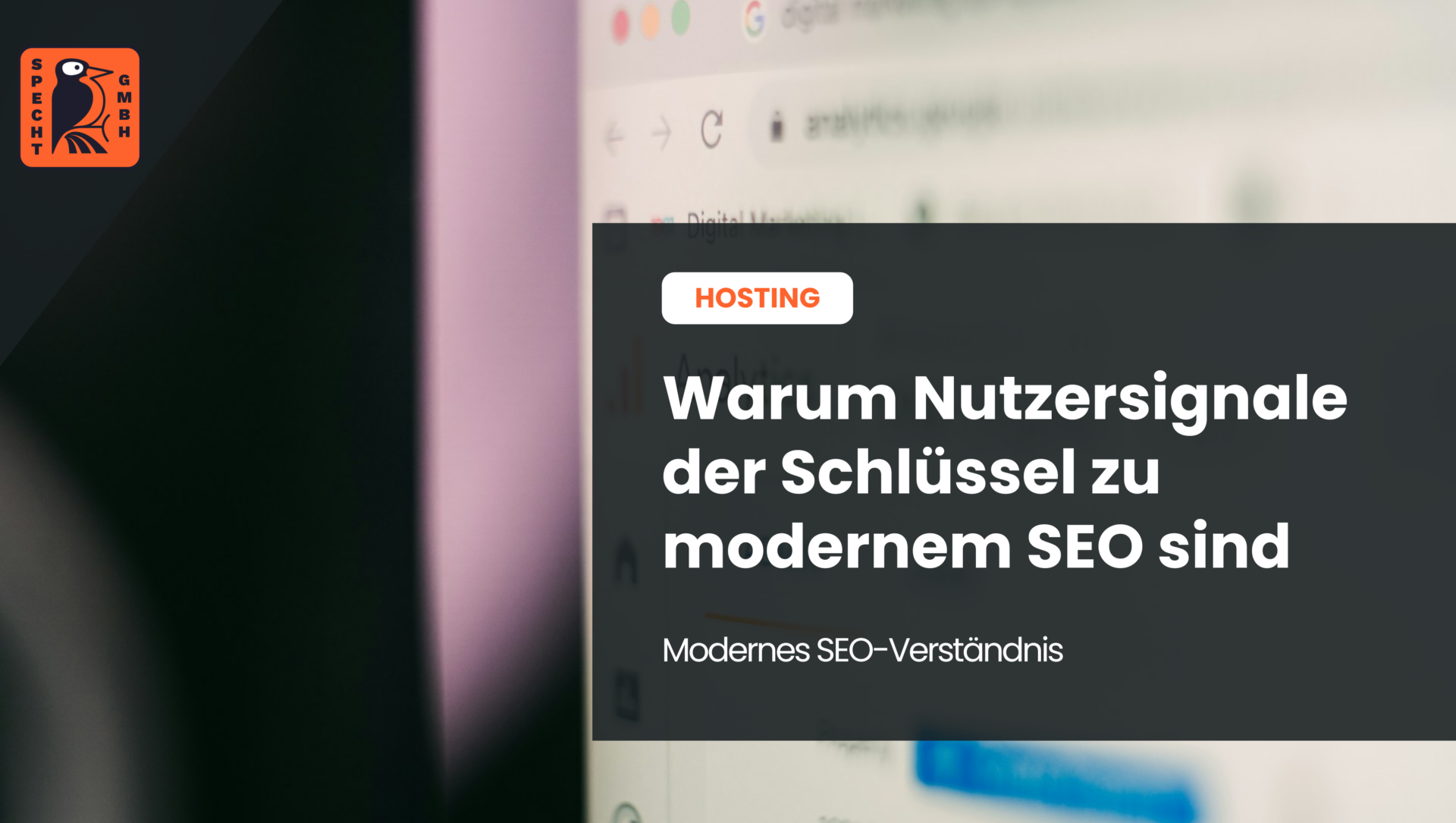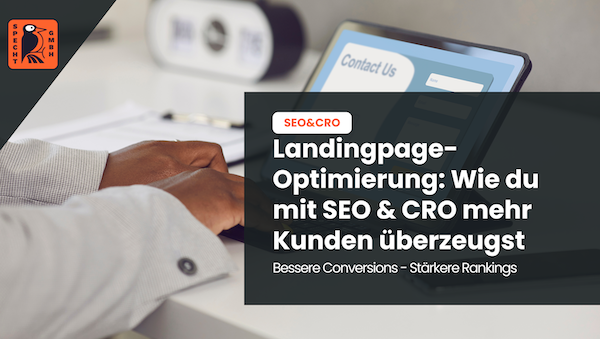In a nutshell: What is TKP?
The CPM (cost per thousand contacts) is a common key figure in the advertising industry that indicates the price per thousand contacts.
The CPM is an important tool in the evaluation, planning and billing of advertising campaigns. It is used to calculate and compare the costs of advertising impressions on specific media channels.
The CPM is calculated by dividing the costs by the number of impressions (contacts), multiplied by 1,000. This enables a comparison of the costs per thousand people reached.
What does TKP stand for?
CPM stands for thousand-contact price and is a key figure in the advertising industry.
It indicates how much money an advertiser has to pay per thousand contacts in order to get their advertising message to the target group.
The CPM is often used in the planning and evaluation of advertising campaigns. It makes it possible to compare the efficiency and costs of different advertising formats.
The lower the CPM, the more cost-effective the advertising. The CPM can vary depending on the target group, advertising medium and time of placement.
The CPM should be regularly reviewed and adjusted in order to achieve the best price-performance ratio for the advertising investment.
A precise analysis of the target group and strategic planning are therefore crucial in order to achieve an effective CPM.
-
Free
SEO strategy meeting
In a free SEO strategy consultation, we uncover untapped potential and develop a strategy to make you more successful on Google.

- More organic visibility
- More organic visitors to your website
- More inquiries & sales
How is the CPM calculated?
The thousand-contact price (CPM) is extremely important in the advertising industry. The CPM refers to the price charged for one thousand contacts with the target group.
It is often used to determine the cost factor of an advertising campaign and to measure the success of media planning and buying.
The CPM is calculated by dividing the costs by the impressions. The value is then multiplied by 1,000 to obtain the CPM.
This table illustrates the calculation:
| Costs (in euros) | Impressions | CPM (in Euro) |
|---|---|---|
| 1000 | 5000 | 200 |
| 2000 | 10000 | 200 |
| 1500 | 7500 | 200 |
The higher the CPM, the more expensive it is to reach the target group. It is therefore important to optimize the CPM in order to reduce costs and increase the efficiency of the campaign.
The following table provides a quantitative overview of prices and contacts:
| Media channel | Price per ad | Number of estimated contacts | CPM |
| Online banner advertising | 100 € | 10.000 | 10 € |
| TV advertising | 1.000 € | 100.000 | 10 € |
In this example, the CPM for online banner advertising and for TV advertising is €10 each, although the price per ad and the number of estimated contacts are different.
In order to optimize the CPM, factors such as the target group definition and the selection of the right advertising format must be taken into account.
A clear definition of the target group enables the targeted use of cost-efficient media channels.
Choosing the right advertising format can increase the effectiveness of the campaign and reduce the CPM.
Companies significantly improve their CPM by refining their target group definition and choosing a specific advertising format that is optimally tailored to their potential customers.
This allows them to place their ad exactly where their target group is most receptive and significantly reduce the CPM.
The thousand contact price (CPM) plays a crucial role in advertising campaigns and media planning. A precise analysis and optimization of CPM factors can lead to more cost-effective and successful campaigns.
What is the CPM used for?
The CPM has various areas of application, the importance of which should not be underestimated. We will go into this below.
1. advertising campaigns
Advertising campaigns play a crucial role in the use of CPMs. The effectiveness of a campaign must be measured to ensure that the intended target group is reached.
This table shows the various aspects of advertising campaigns and their influence on the CPM:
| Component | Impact on CPM |
|---|---|
| Target group | The better the target group definition, the more effectively the campaign can be aimed at them. This allows the CPM to be optimized. |
| Advertising format | Some advertising formats are more cost-effective than others and can lower the CPM. It is important to choose the right format based on the target group and advertising objectives. |
| Media channel | The selected media channel directly influences the CPM. Some channels have higher costs per contact than others. Thorough planning and selection of the media channel can help to optimize the CPM. |
Advertising campaigns should take all of these aspects into account to maximize CPM and ensure that the budget is used efficiently.
By defining the target group, choosing the right advertising format and using the appropriate media channel, you can optimize the CPM and run a successful advertising campaign.
2. media planning and buying
Media planning and buying is about selecting the right media channels and planning and buying advertising campaigns effectively.
| Target group analysis | To optimize the CPM, you should define the target group precisely. The more precisely the target group is defined, the more targeted the advertising can be placed. |
| Choosing the right advertising format | The right advertising format is crucial in order to reach the target group effectively. Depending on the target group and advertising objective, various advertising formats such as banner ads, video ads or influencer marketing can be used. |
| Negotiations with media partners | When planning and buying media, it is important to establish good relationships with media partners and to negotiate with them. Negotiations can lead to more favorable CPMs, which reduces advertising costs. |
In order to optimize the CPM, companies should therefore carry out a precise target group analysis, select the appropriate advertising format and enter into negotiations with media partners in order to achieve the best conditions.
- Do you know my SEO newsletter?
Register now and receive regular tips from the experts.
What factors influence the CPM?
The CPM can be influenced by the target group, the advertising format and the media channel. In the following, we examine which aspects have an impact on these factors.
1st target group
A target group is a specific group of people who share a potential interest in a product or service.
Various factors should be taken into account when defining a target group.
One way to define the target group is by demographic characteristics such as age, gender, income and level of education.
This information can be displayed in a table as follows:
| Features | Example |
| Age | 25-34 years |
| Gender | Female |
| Income | 50,000-75,000 euros per year |
| Level of education | University degree |
This table serves as a starting point for defining the target group. It is important to understand the needs, interests and preferences of the target group in order to develop targeted marketing messages and select the right channels.
To further specify the target group, psychographic characteristics such as personality traits, hobbies and lifestyle can also be taken into account.
Comprehensive knowledge of the target group enables companies to better adapt their marketing strategies and develop customized offers.
- Use market research tools to collect data on the target group.
- Analyze the demographics and psychographics of your target group to create a detailed profile.
- Tailor your marketing messages and strategies to the needs and interests of your target group.
- Try out different marketing channels to identify those that best reach the target group.
- Stay up to date with changes in the characteristics and preferences of your target audience to adapt your marketing strategies and stay relevant.
2. advertising format
The advertising format is an important factor in calculating the thousand-contact price (CPM). In order to optimize the CPM, various aspects of the advertising format must be taken into account.
A professional approach is to create a table with relevant information on the various advertising formats.
It can list the cost per impression, the reach, the conversion rate and the expected target group for each advertising format.
In this way, it is possible to determine exactly which advertising format offers the best CPM.
The information in the table should be based on current and accurate data. By analyzing the data, well-founded decisions can be made and the CPM can be optimized.
The needs and preferences of the target group should also be taken into account when selecting the right advertising format.
For example, an advertising format that is popular with a younger target group may have a higher conversion rate and a lower CPM than a format that is well received by an older target group.
In addition to the demographic characteristics of the target group, the relevance of the advertising format for the advertised product or service must be taken into account.
An advertising format that emphasizes the unique features of the product and attracts the attention of the target group can lead to a higher conversion rate and a lower CPM.
Choosing the right advertising format is an important step in optimizing the CPM for advertising campaigns.
Through a precise analysis and consideration of various factors, well-founded decisions can be made and the success of the advertising campaign maximized.
3rd media channel
The media channel is an important factor for the CPM. The following channels are available:
- Online
- TV
- Radio
Each channel has its own advantages and disadvantages in terms of reach, target group and costs.
The target group must be taken into account when selecting the media channel. Depending on the target group to be addressed, certain media channels may be more effective than others.
For example, television reaches a fairly broad target group, while online advertising can be more targeted to specific interests.
The cost of advertising varies between the different media channels. Television and print advertising are generally more expensive than radio and online advertising.
Tip: To optimize the CPM, you should choose the media channel carefully to ensure that your advertising reaches the desired target group and that your budget is used effectively.
How can the CPM be optimized?
The following options are available to optimize the CPM.
1. target group definition
Target group definition is an important step in the planning of advertising campaigns. By precisely defining the target group, resources can be used more efficiently and the effectiveness of the campaign can be maximized.
A possible representation of the target group definition could be as follows:
| Target group | Description | Criteria |
| Millennials | Young adults | Age: 18-34 Interests: Technology, social media Income: Average |
| Families | Parents with children aged 0-12 years | Age: 25-45 Number of children: 1-3 Interests: Family activities, parenting Income: Middle class |
| Business people | Middle aged professionals | Age: 30-50 Profession: Manager, Entrepreneur Interests: Career, Networking Income: High |
In order to optimize the target group definition, detailed information about demographic characteristics, interests, behaviors and needs should be taken into account.
A clear and precise definition makes it possible to adapt the message specifically to the target group and thus improve the advertising impact.
The target group definition can also be used to select the right advertising format and the appropriate media channel.
Negotiations with media partners are also made easier, as care can be taken to ensure that the desired target group is reached.
In order to optimize the CPM, the target group definition should be regularly reviewed and updated to ensure that the advertising message is effectively targeted at the right people.
A targeted approach to the target group can increase the success rate of the advertising campaign and maximize the efficiency of the budget.
2. selection of the right advertising format
Choosing the right advertising format is crucial for a successful advertising campaign.
It is important to find the format that best suits the target group and the objectives of the campaign.
This table shows the various factors in the selection of the advertising format:
| Advantages | Disadvantages |
| High visual appeal | Higher costs |
| Possibility of interaction | Limited placement options |
| Emotional effect | Limited target group approach |
| High range | Limited flexibility |
The choice of advertising format depends on several factors, including budget restrictions, the desired target group and the objectives of the campaign.
For a highly visual campaign with a wide reach, a video format could be the best choice.
If the budget is limited but an interactive component is desired, an online advertising banner could be useful.
Weigh up the various advantages and disadvantages of the formats and choose the option that best suits your campaign.
Fact: According to a study, interactive advertising formats have a 45 percent higher click-through rate compared to static formats.
3. negotiation with media partners
Negotiating with media partners is an important step in optimizing the CPM. There are a number of factors to consider:
- Communication: Effective communication with media partners is crucial to optimize CPM. Discuss your goals and expectations clearly and listen to the concerns of your media partners.
- Negotiation skills: Good negotiation skills are crucial to achieve the best possible CPM. Be prepared to negotiate prices, placements and other factors to achieve a win-win situation for both sides.
- Data analysis: Use data analysis to evaluate the performance of media partners and identify potential improvements. Look at metrics such as CPM (cost per mille) and ROI (return on investment) to make informed decisions.
- Long-term partnerships: A long-term partnership with media partners can help optimize CPM over time. Maintain good relationships and look for opportunities to work together to create mutual benefit.
- Transparency: Be honest and transparent in negotiations. Share your goals, budgets and expectations openly to avoid misunderstandings.
- Flexibility: Be flexible in negotiations and open yourself up to different options. There may be alternative advertising formats or media channels that could offer a better CPM.
Successful negotiation with media partners can help to optimize the CPM and achieve maximum return on your advertising investment.
Stay engaged, informed and proactive throughout the process.
How can the CPM of automated traffic be influenced?
In online marketing, CPM can be influenced by automated traffic generated by bots, which may not be filtered.
This can lead to a distortion of the advertising contacts and affect the accuracy of the CPM calculation.
For this reason, online marketers often prefer other key figures such as cost per click (CPC) or cost per lead (CPL) for performance marketing.
To what extent can the CPM influence the target group definition?
The CPM focuses on quantity rather than quality, which can lead to a considerable dispersion of the target group.
It is therefore important to take demographic targets and other factors into account when calculating the CPM to ensure that the advertising message reaches potential buyers.
Conclusion: What is the CPM?
The CPM is still very important in marketing. However, in certain cases it can give a distorted picture.
It is therefore important to also consider other key figures such as cost per click (CPC) and cost per lead (CPL).






